Nat Geo’s ‘OceanXplorers’ Docuseries Puts Cameras on Whales
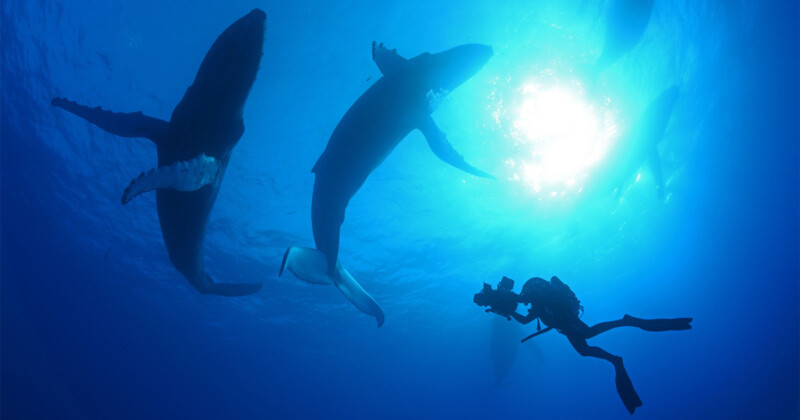
National Geographic, award-winning filmmaker James Cameron (Avatar, Titanic, Aliens), BBC Studios Natural History Unit (Blue Planet), and OceanX have teamed up for a new six-part underwater discovery series, OceanXplorers.
The ambitious series follows scientists and adventurers aboard the OceanXplorer, a state-of-the-art research and exploration vessel, to investigate ocean areas that have yet to be explored and studied. About 80% of the world’s oceans remain entirely mysterious and unknown.
Beyond the breakthrough exploration tech aboard the OceanXplorer ship, the team also relies heavily on advanced imaging technology for scientific research and creating the documentary series. PetaPixel spoke with series executive producer, Roger Webb, known for producing and editing work on other nature documentary series like Nature, Nova, and Blue Planet.
“Camera tech developments have been a game changer over recent years. We’ve gone from tape to tapeless, multiple formats (SD to HD to UHD), workflow and managing it has never been more important. I take my hat off to those who help us navigate through it and keep us on track with organizing our rushes and seeing us through edits,” Webb tells PetaPixel.
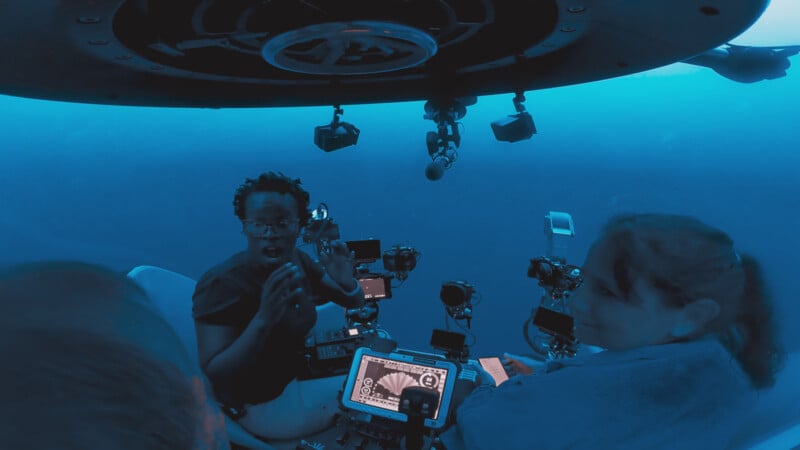
“On the final product, drones allow us to film in ways we simply couldn’t less than 10 years ago. Then there’s the underwater kit the crews are using — the imagery is stunningly beautiful thanks to the quality of the cameras and the incredible waterproof housings that have been developed for them.”
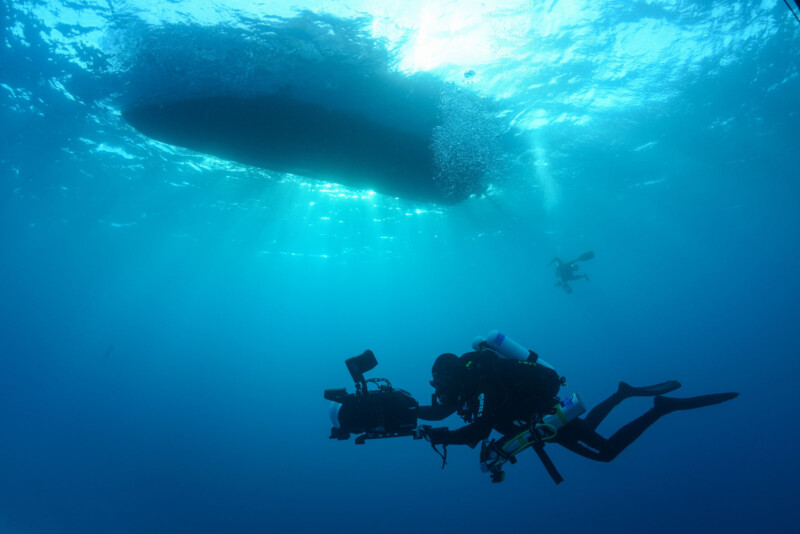
For OceanXplorers in particular, Webb says the team pushed the camera technology to greater heights. One spectacular example is how the team safely attached high-definition cameras onto the backs of “ocean giants,” including humpback and sperm whales.

“These cameras allow us to completely immerse the audience in the underwater world of these awesome animals — allowing you to almost feel what it’s like to be a whale, an animal that’s mastered the ocean in ways that are mind-bowing.”
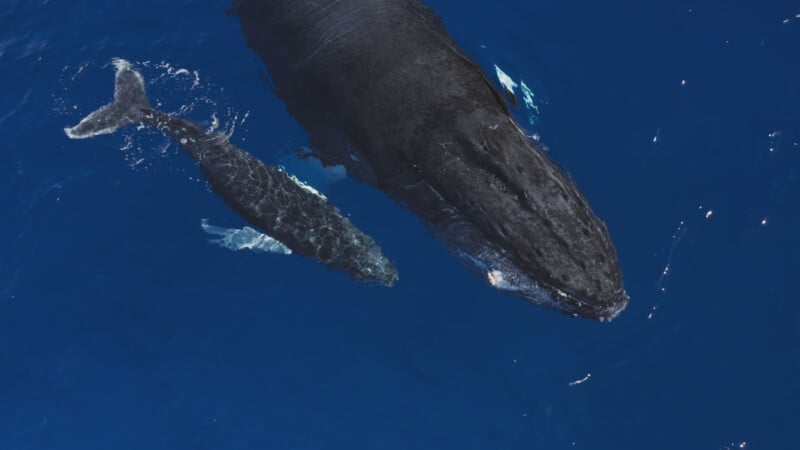
“I still find it incredible that an air-breathing mammal can dive more than a mile and a half underwater,” Webb adds.
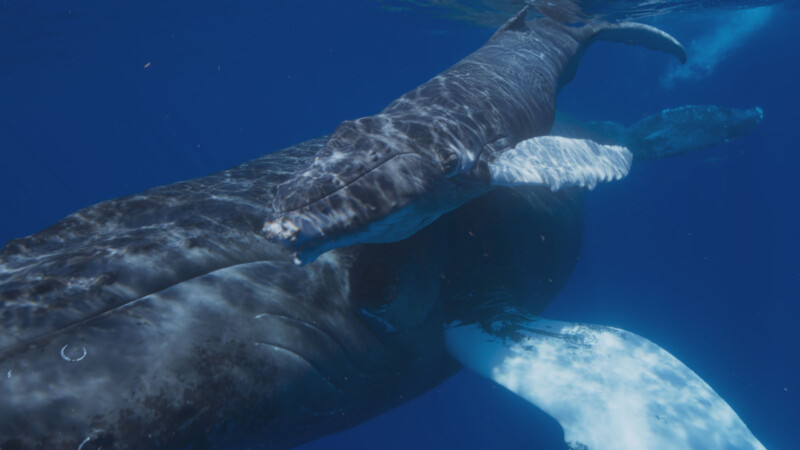
Webb believes the “whale cams” will help people feel more connected to whales and provide a new understanding of the creature. He hopes it will result in better conservation efforts for whales, many of whom face an existential threat.
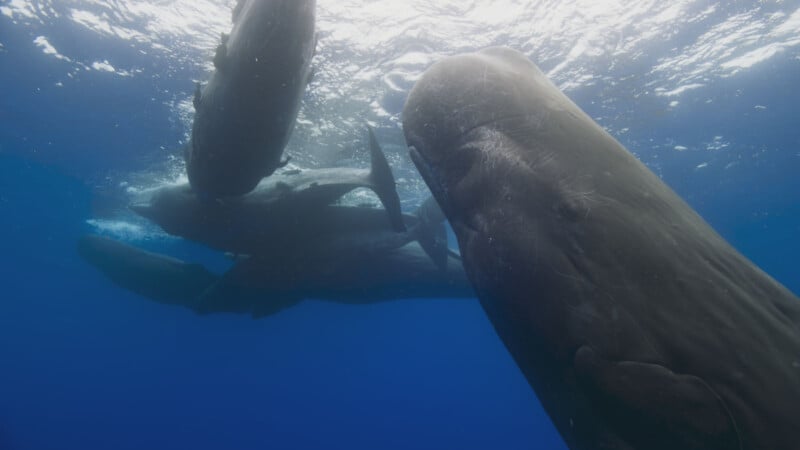
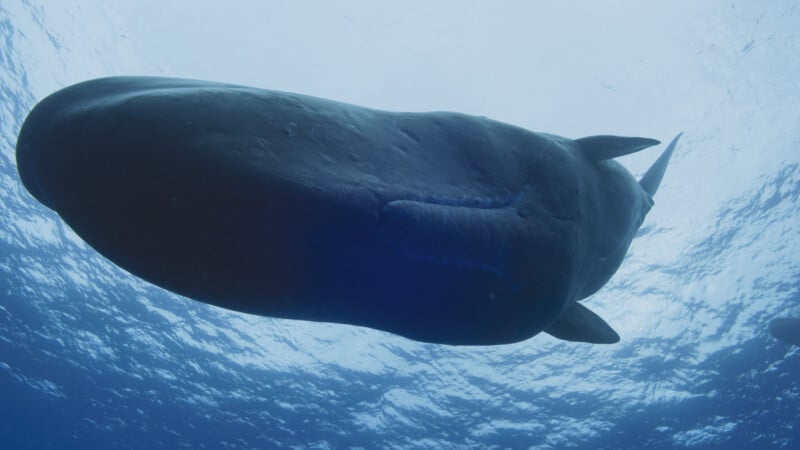
A significant part of the show’s aim is also to make science more accessible and engaging. For nature documentary series, a big challenge is making the show visually compelling for any viewer, while also ensuring that the science that underlies everything is exciting and easy to understand. Naturally, the hand-picked scientists aboard the ship know what they’re looking for and why, but it’s not always straightforward for those without extensive scientific training.
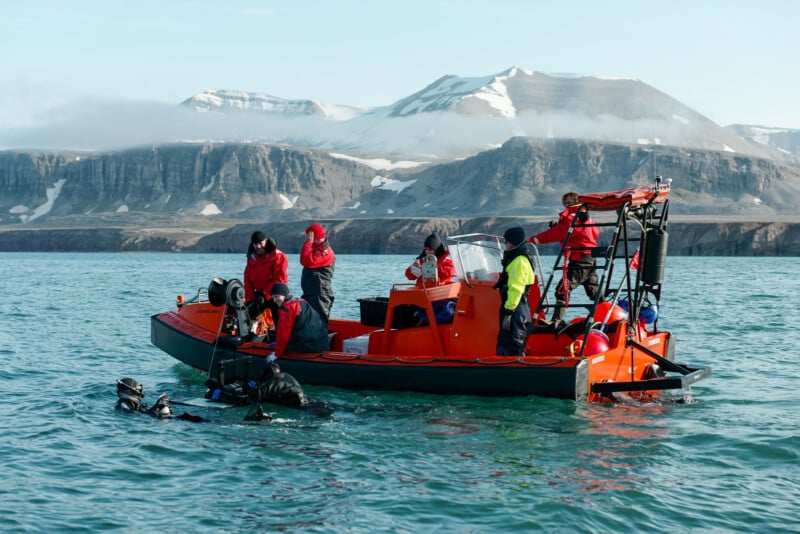
“It’s our job to make the science both accessible and engaging,” Webb explains. “The OceanXplorers help with this, as well as being incredibly knowledgeable, their enthusiasm is infectious. Each episode being structured around a clear mission gives a strong narrative. It’s then about can the Xplorers use new tech and scientific expertise to deliver an answer. I hope, overall, how we’ve packaged the series is attractive to as broad an audience as possible — if we can inspire some future OceanXplorers we’ve done our jobs.”
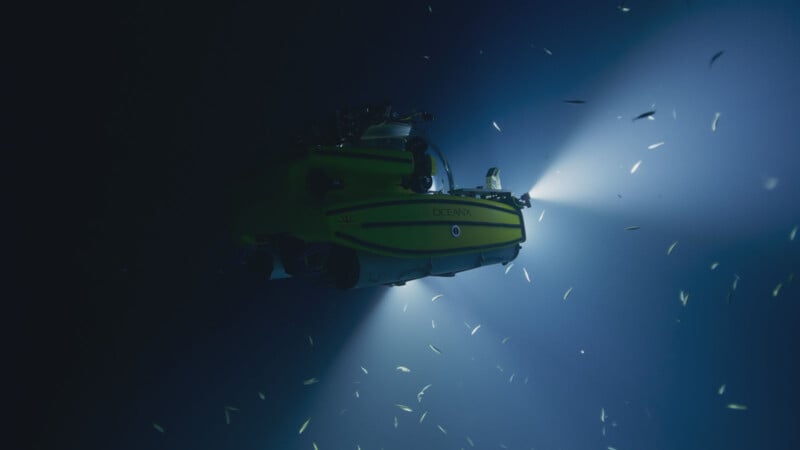
OceanXplorers premieres tonight, August 18th, with the first two episodes airing back-to-back National Geographic. The remaining four episodes air in two-part batches on August 25th and September 1st, respectively.
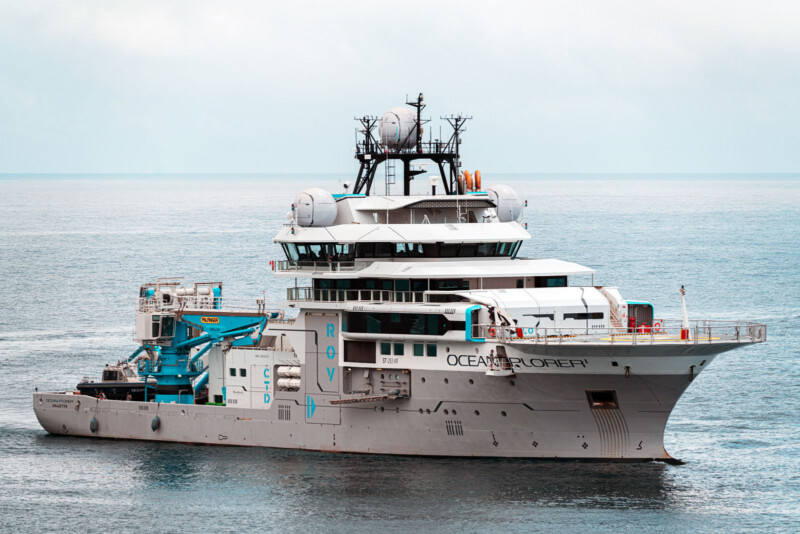
“My true passion lies in deep ocean science and in exploration,” says James Cameron. “In OceanXplorers, we take viewers on an unparalleled ocean science adventure, introducing them to a group of principled, passionate people on a sometimes dangerous mission of ocean discovery in real time. We present the stakes, and firsts, and tell a visually spectacular and dramatic story — a story that inspires the next generation of explorers and adventurers committed to protecting and preserving our oceans.”
Image credits: National Geographic, BBC Studios Natural History